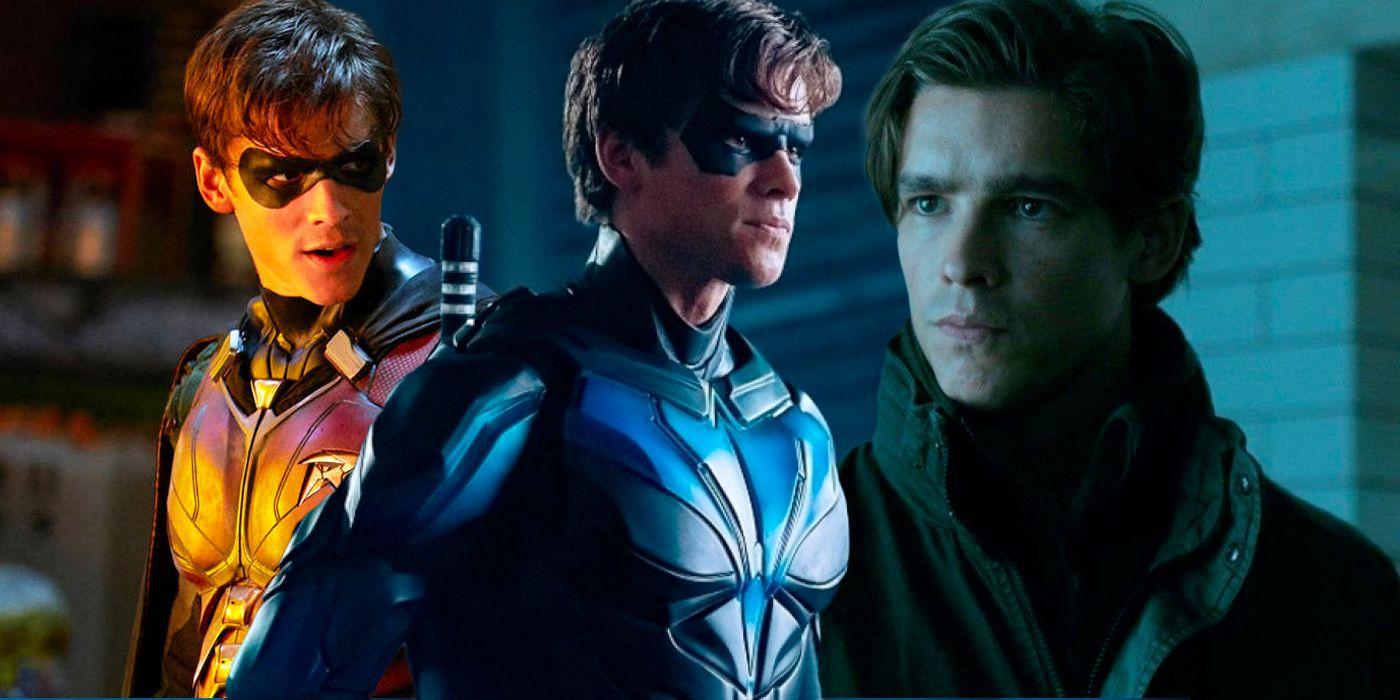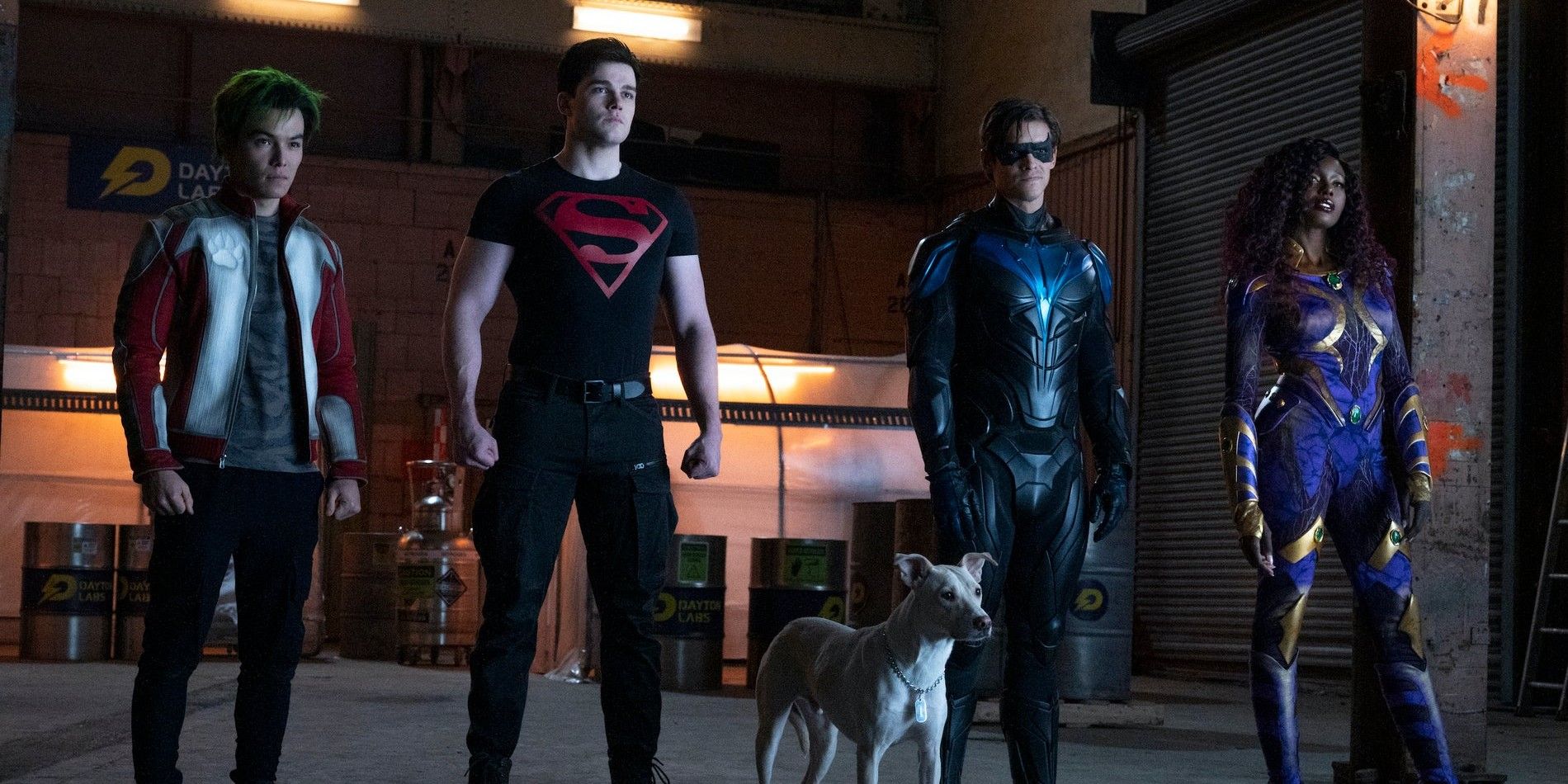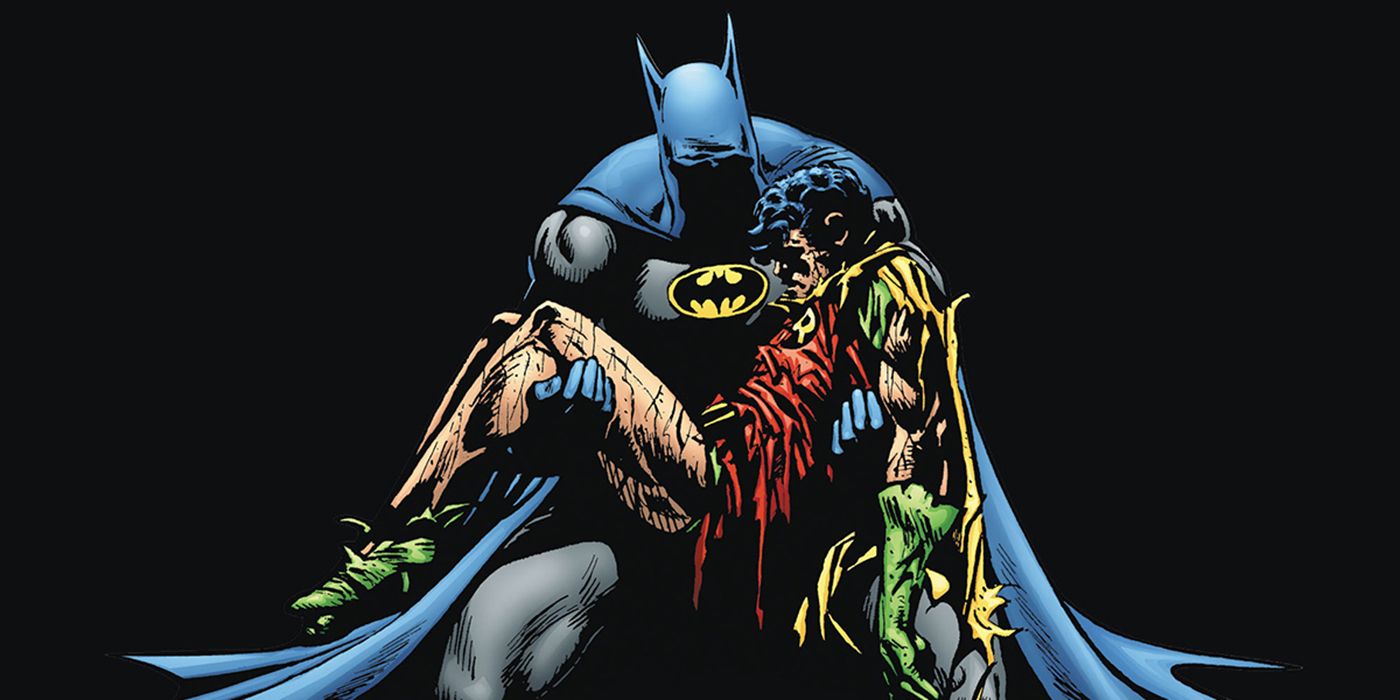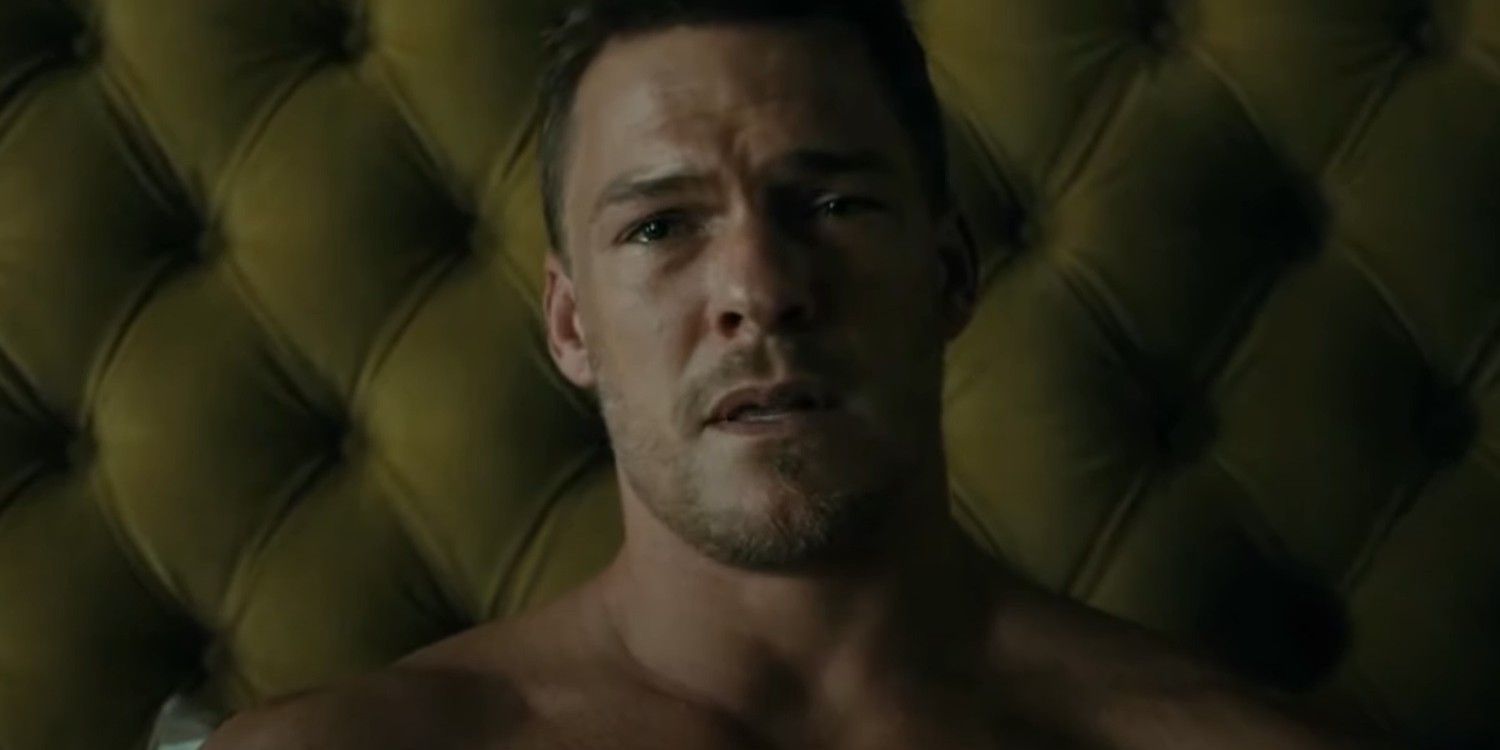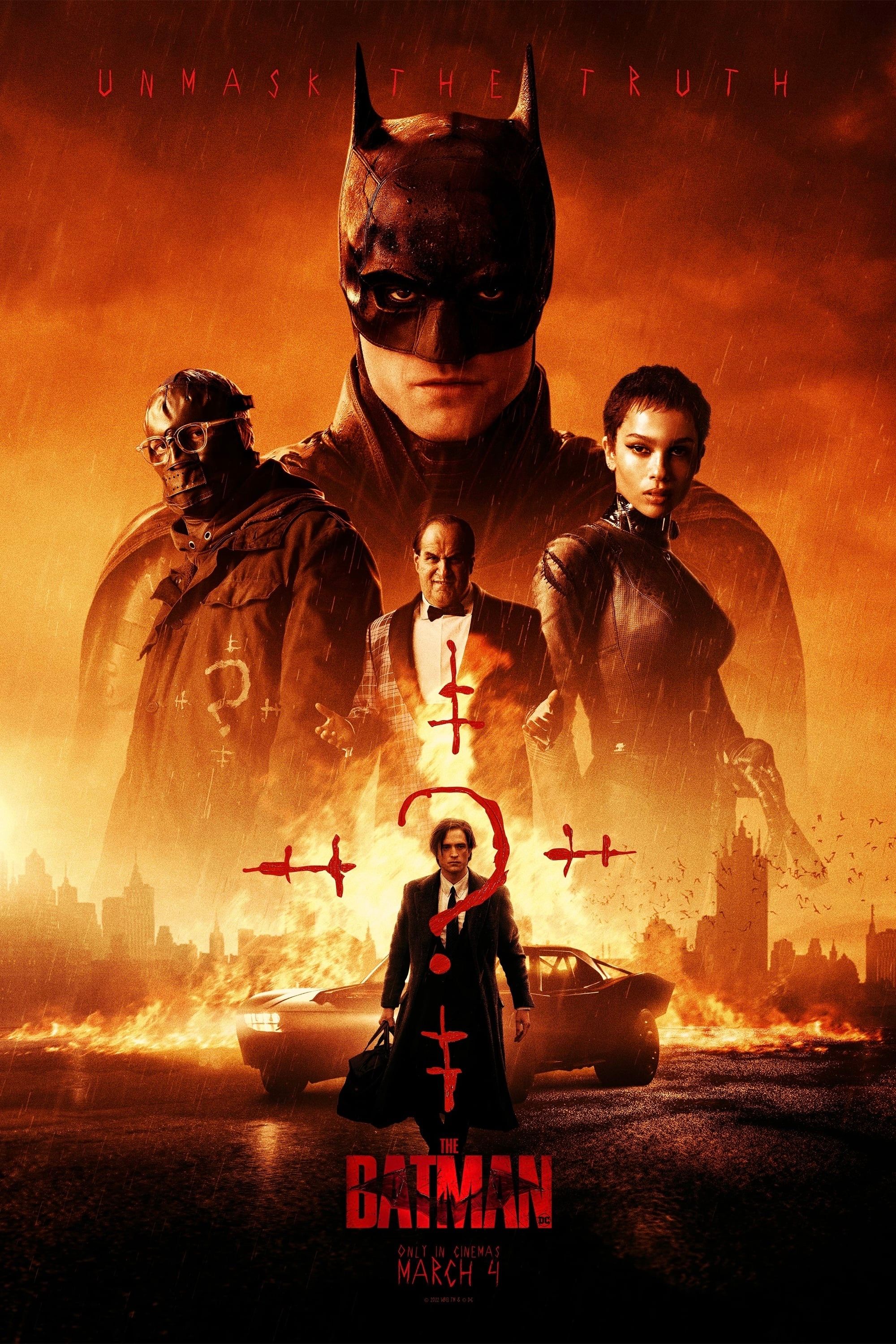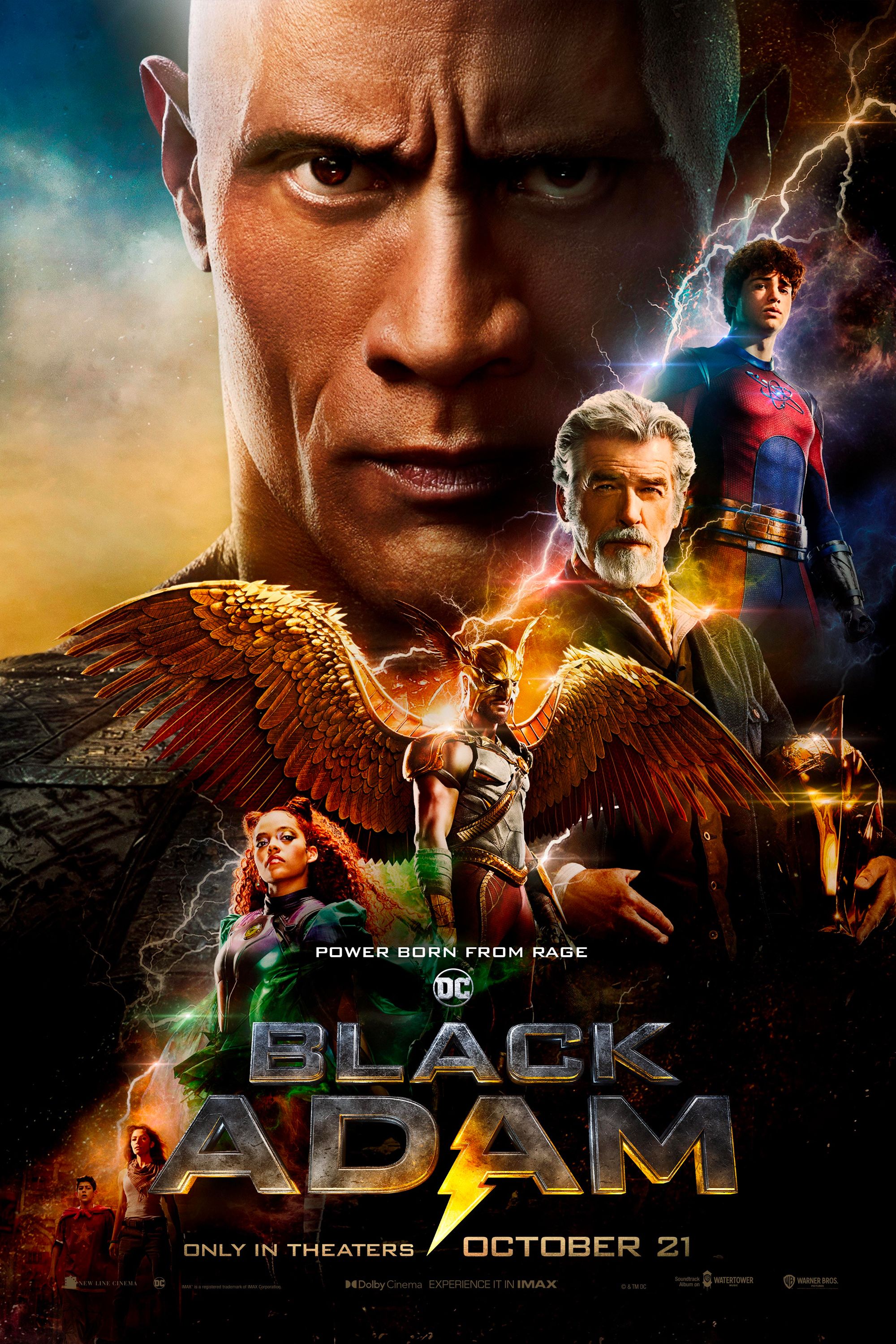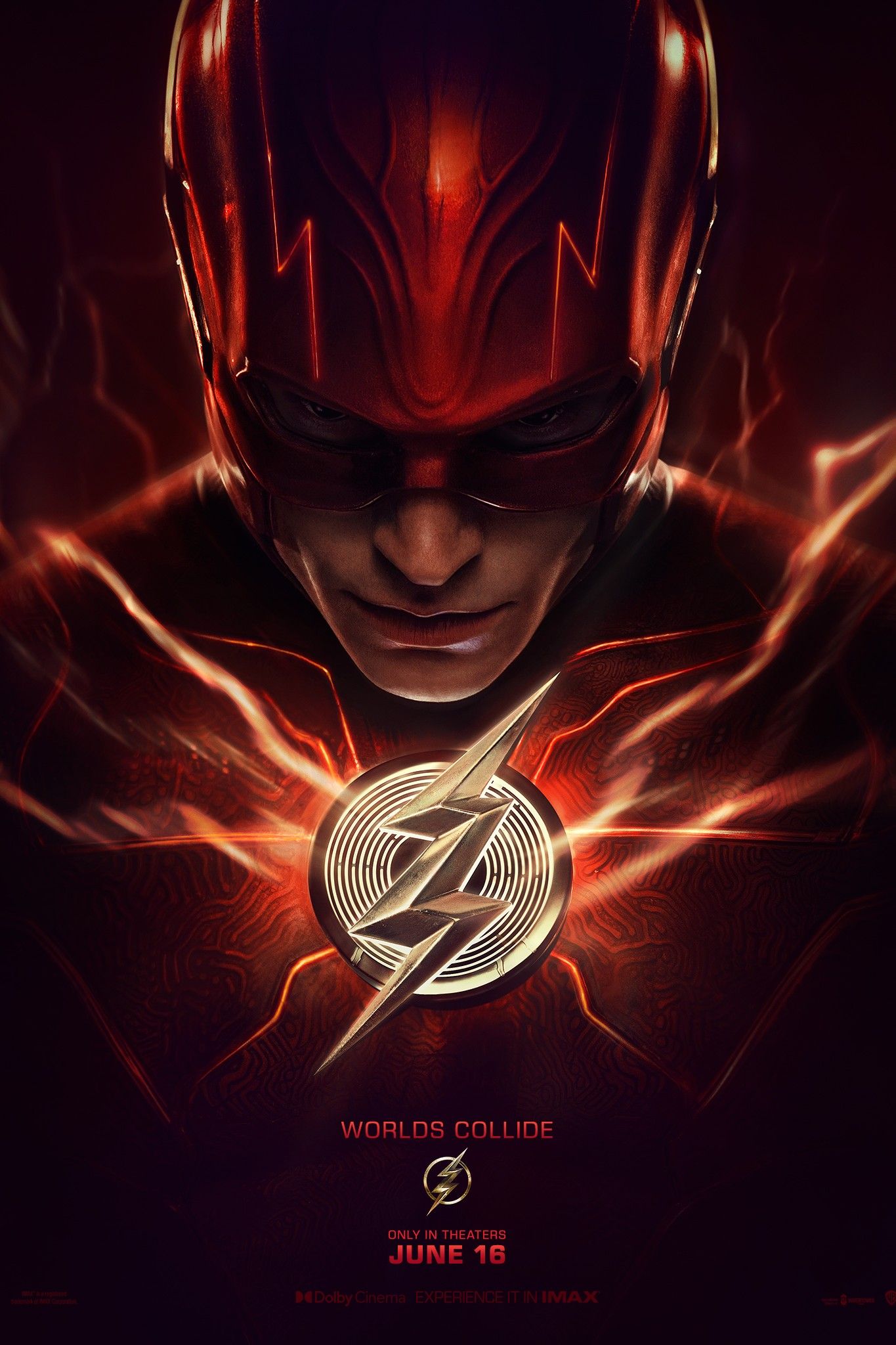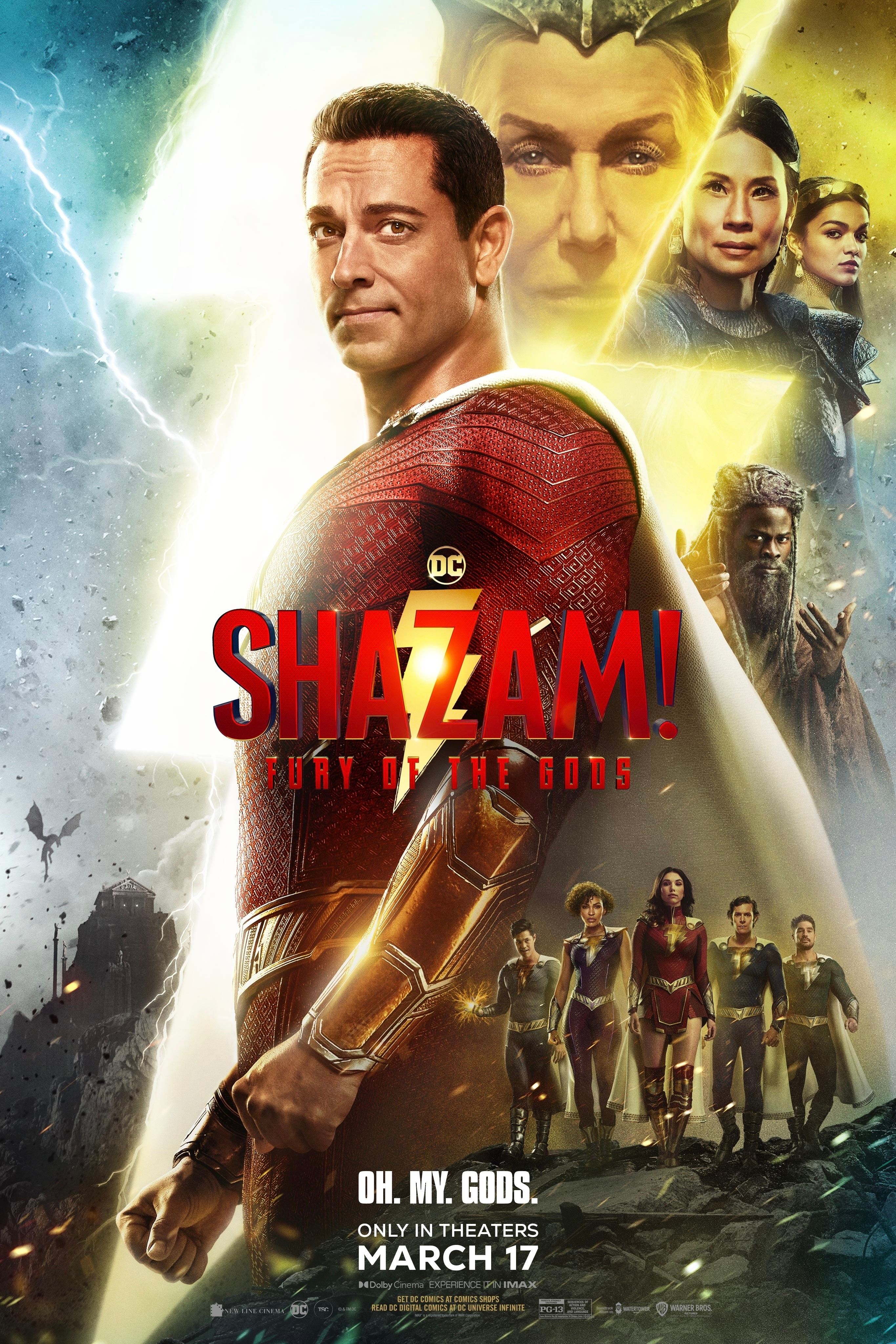Warning! Spoilers ahead for Titans season 3
Hit HBO Max show Titans has previously been plagued with issues that negatively affected the story and the characters, however, season 3 has worked to fix those problems. The first two seasons of Titans often struggled to feel cohesive and compelling. The major changes in the new season of the DC adaptation has already made it a more effective storytelling vehicle.
Titans season 1 focused on the character of Rachel Roth (Raven) as she dealt with the emergence of her powers with the help of Dick Grayson (Robin, Nightwing). Season 2 concluded this storyline with Rachel’s defeat of her father Trigon and introduced Slade Wilson (Deathstroke) as a new antagonist for the season. While technically an ensemble show, Dick Grayson, played by Brenton Thwaites, serves as the main protagonist, and the first two seasons dealt with his departure from Batman and his transformation into Nightwing. With the success of the Titans in San Francisco, Titans season 3 sees Grayson and his team return to Gotham to deal with the fallout of Bruce Wayne’s departure.
While the show has consistently been enjoyable, if sometimes silly, several factors have worked to its detriment. Plots have regularly been hard to follow or seem to get forgotten, and the stakes often feel low. Titans season 3 addresses all of these problems–here’s how.
A Smaller Cast of Titans
While Titans season 1 may have focused on Rachel and Dick, it also introduced a lot of other characters, with many becoming main characters in the second season. The first season alone brings in Kory Anders (Starfire), Gar Logan (Beast Boy), Hank Hall (Hawk), Dawn Granger (Dove), Jason Todd (Robin), and Donna Troy (Wonder Girl). The second season then adds Connor Kent (Superboy) and Rose Wilson (Ravager) to the team. As the show attempts to give most characters a full origin story and their own narratives, the seasons quickly feel overly full, and characters seem forgotten. When someone from her home planet arrives to take her home, Kory disappears for a long time to effectively drive across the country and then back again, making it feel like the showrunners just needed the character out of the way for a while. Gar experiences several traumatic events and discovers that he can turn into a snake as well as a tiger at the end of season 1, but the show barely addresses any of this as the Beast Boy’s Titans development is sidelined by other plots.
Titans season 3 starts off with a significantly reduced cast of heroes, and this immediately allows the show to focus on more in-depth, character-driven narratives. After Donna’s death and Rachel’s travel with the body to Themyscira, the two characters are absent for the start of the season. While the reason has yet to be explained, Rose has also been absent so far in season 3, potentially because her ties to Jason would be difficult to handle or because she is handling sharing a body with Jericho. Either way, the show’s promotional materials suggest that her actress, Chelsea Zhang, will not be making an appearance. Titans season 3, episode 3, “Hank and Dove,” kills Hank and provides a reason for Dawn to step away from the show for a while. These are characters who can now easily be brought back in for other storylines at a later date, but whose absence the audience has an explanation for.
Additionally, the show is allowing characters to appear in purely supporting or antagonist roles without needing to give them as much screen time as necessary for a full narrative backstory. Barbara Gordon is introduced as a supporting character who is not part of the main team, while Scarecrow appears in relatively few scenes. Transitioning Jason Todd to be the villain Red Hood removes him from the team and provides an antagonist who needs less backstory explained than an unknown villain would, as his is already present in the first two seasons. All of this allows for more compelling storytelling around the remaining central characters that are the focus of the show.
Established Plots and Villains as Shorthand
The first two seasons of Titans tackled classic storylines and villains from previous works about the team. In adapting the team’s conflicts with Trigon and then Deathstroke, the show was fighting an uphill battle in finding a fresh take on established stories while also fleshing out the origins of these villains and their relationship to the Titans. While they had more success with Deathstroke, their efforts with Trigon largely fell flat: the closure of that arc was pushed to the start of the second season and was dealt with quickly, the combination of which felt unfulfilling as the plot rushed on to explain the new villain.
Titans has fixed this issue by using some very well-known Batman stories in setting up season 3 as a form of shorthand to help with establishing more of the basics of the DC world. Most notable is the use of beats from Death in the Family to quickly give reasons for Joker and Batman to not be in the picture and to begin Jason Todd’s transformation into Red Hood. Many fans of the characters already know these stories, and a similar device was used in the more recent Spider-Man properties where they skipped over the character’s origin by just acknowledging that those things had happened. Having used well-trodden Batman plots to build the world, the show is then able to build new and more interesting plots for the Titans.
The same tactic is used for some of the characters. Barbara Gordon has an extensive history in the DC universe, beginning as Batgirl and then becoming Oracle after the events of The Killing Joke. Through quick conversations, Barbara acknowledges that a version of those events happened and Titans is able to add an interesting twist for longtime fans by showing her to have hung up her cape in favor of a role as police commissioner after her father’s death. The same can be said of Titans’ Scarecrow. The character is one of Batman’s most famous villains (and the only one to appear in every installment of Christopher Nolan’s trilogy), so in-depth origins are needless, but adding a spin of him indulging in marijuana helps to keep the character engaging.
Providing Lasting Deaths with Consequences
The final major problem that the first two seasons of Titans faced was that their character deaths often fell flat. From the first season, Dawn’s survival of a multi-story fall made it feel as though characters were invincible. Garth’s death in Season 2, situated as it is in a flashback episode in which his death is known from the beginning, makes it difficult for viewers to care about the character, let alone his death. Jericho’s death ran afoul of the same problem, except the initially greater impact (the character was much more fleshed-out, innocent, and likeable) was additionally weakened by his resurrection at the end of the season, if in an altered form. Finally, the season ended with Donna dying in an event that didn’t feel like it should be fatal to an Amazonian and could easily have been avoided. The show then clearly telegraphed her return with Rachel immediately theorizing her resurrection, and season 3 promotional materials confirmed this by showing that the actress will be returning to the role.
Titans season 3 works hard to raise the stakes in this regard. While Jason’s death is effectively undone by him returning as Red Hood, his rebirth as a ruthless villain has the effect of killing him off as a team member. The key moment for this issue, however, is at the end of episode 3 when Hank is killed by Red Hood. The show spends the episode asking the question of whether he will be saved or not, allows him a chance to say goodbye, and makes it clear that the episode will be his swan song. The manner of his death, leaving no body behind, makes any chance of a resurrection unlikely. While the decision might have been motivated by the actor (Alan Ritchson) having a leading role in the upcoming Jack Reacher TV series, his character’s death was the final piece in fixing Titans’ biggest problems.

